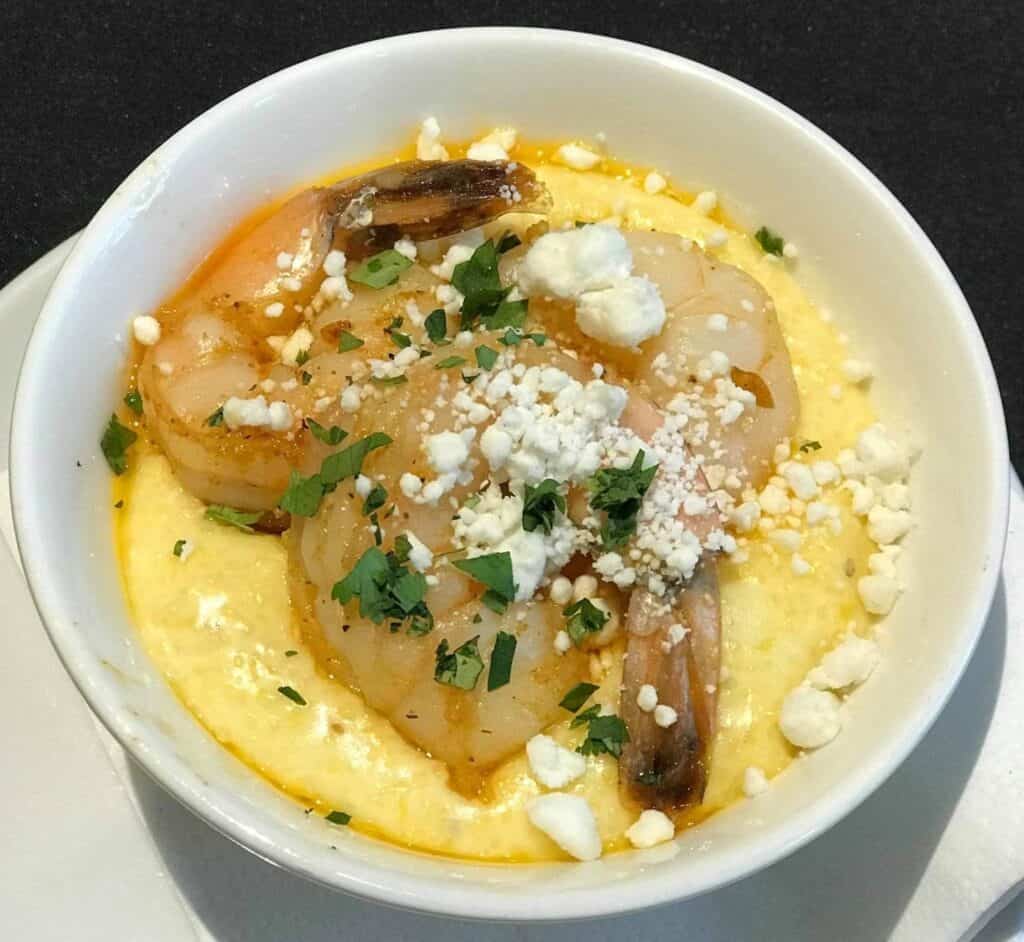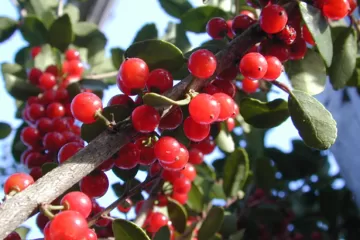What’s In A Name? Mayport Shrimp
If you ask natives of my hometown of Jacksonville, Florida, to identify their local food specialty, they will puff up with pride and reply, “Mayport shrimp.”
Cooked any way you like it – boiled, fried, sauced with butter (my favorite way) – we do Mayport shrimp well. But we can’t chock it all up to our culinary abilities; most of the credit has to go to the large, succulent shrimp themselves.
So what exactly is this “Mayport” shrimp? Here’s some information to contemplate as you chow down on our local favorite (or at least ogle this photo):

Mayport shrimp isn’t really a species but a label we apply to the shrimp found all around Northeast Florida. It is generally comprised of four types: white, pink, brown, and rock shrimp, but primarily the brown and white varieties. Its name comes from Mayport, a small settlement at the mouth of the St. Johns River, which claims to be the oldest fishing village in the United States (East side of the map, South side of the river).
Our local waters are part of all the steps of the shrimps’ life cycle. When the shrimp are young, they live in the St. Johns River estuarine environment where they grow and mature. Once they reach adult size, usually in the summer months, they put on their “traveling shoes” and move out into the ocean. This is where they mate and reproduce. Once the eggs hatch, they begin the long trip back into the estuary. Experts say the best-tasting shrimp come in November and December, after they have matured and moved to the deep water South of Mayport.
What makes Mayport shrimp special is how fresh it is. After it’s caught, it’s brought in on a boat to the processing plants in Mayport and then distributed around the city. When eaten fresh, Mayport shrimp has a sweet, buttery meat similar to lobster. Don’t believe me? Try it for yourself! You could go to the source at Mayport and eat at Safe Harbor Seafood or Singelton’s Seafood Shack or try it at many restaurants in Jacksonville itself. For a food tour of Jacksonville’s culinary scene, including Mayport shrimp, book with The Tasting Tours in the Historic Riverside neighborhood.
Although Mayport shrimp is primarily sold locally, you too can find superior shrimp even if you cannot make it to Northeast Florida. Next time you’re at the grocery store, look at the label; it will tell you whether the shrimp is farmed or wild and where it comes from. 90% of shrimp in America is imported, mostly from India, Thailand, and Indonesia, where sanitation conditions at processing plants can be deplorable, according to the FDA. Frozen shrimp is fine, but make sure the label says “I.Q.F.,” which stands for “individually quick frozen.” Buy shrimp in the shell because it protects the product. Peeled shrimp has often been treated with chemical preservatives.
So what’s in the “Mayport shrimp” name? I hope you have learned that here in Jacksonville it means quality, freshness, and local pride!
Enjoy shrimp and grits and much more iconic Southern cuisine while touring with us! Join us in St. Marys, home of the St. Marys Seafood Festival, or Cumberland Island.



2 Comments
Jane · May 14, 2020 at 2:57 pm
My mouth is watering, I can taste those shrimp now!
Molly Verlin · May 17, 2020 at 2:28 am
Come try them, Jane!
Comments are closed.